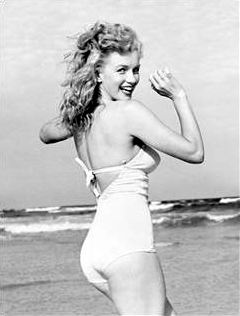 At the end of the story she is so sleep deprived that she strangles the crying baby she is supposed to look after. At first I thought she killed the baby because she was so tired she started to go crazy and lashed out on the child. But after I thought about it I thought that maybe killing the baby was a kind of rebellious act because she had so many strict rules and restrictions placed on her by the family she works for. Or maybe she is envious of the baby because it gets to sleep and she doesn't. Also, since she is so young she might feel that she has had her childhood taken away from her by the family she is working for, so she might have killed the child out of spite or revenge to get back at the family.
At the end of the story she is so sleep deprived that she strangles the crying baby she is supposed to look after. At first I thought she killed the baby because she was so tired she started to go crazy and lashed out on the child. But after I thought about it I thought that maybe killing the baby was a kind of rebellious act because she had so many strict rules and restrictions placed on her by the family she works for. Or maybe she is envious of the baby because it gets to sleep and she doesn't. Also, since she is so young she might feel that she has had her childhood taken away from her by the family she is working for, so she might have killed the child out of spite or revenge to get back at the family.(The above painting is titled Le berceau meaning the cradle and is by a french impressionist painter Berthe Morisot. Morisot painted Le berceau in 1873, around the same time the short story was written.)

 At first the hardest part of the literary analysis was comming up with a thesis and ways to support it using the text. As I was writing my paper I found it difficult to stay focused on my thesis, I often found myself going off on tangents. It was also challenging to explain the claims I made fully in detail and relate it back to my thesis.
At first the hardest part of the literary analysis was comming up with a thesis and ways to support it using the text. As I was writing my paper I found it difficult to stay focused on my thesis, I often found myself going off on tangents. It was also challenging to explain the claims I made fully in detail and relate it back to my thesis.


